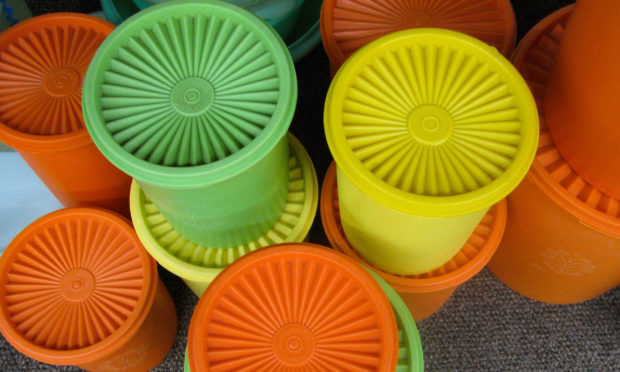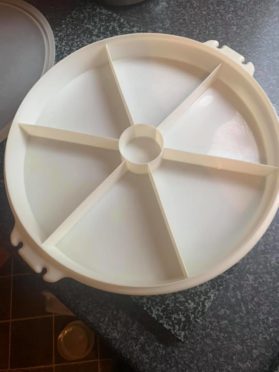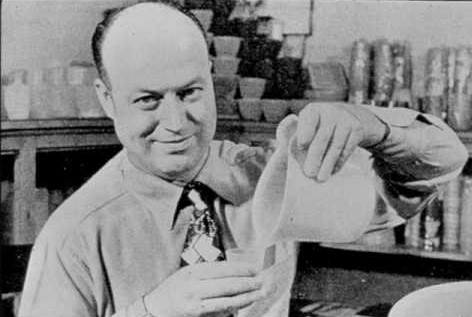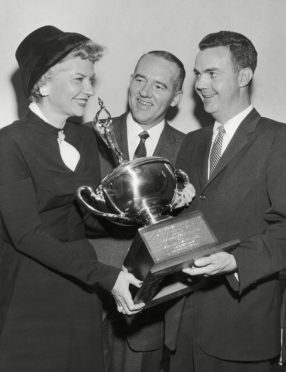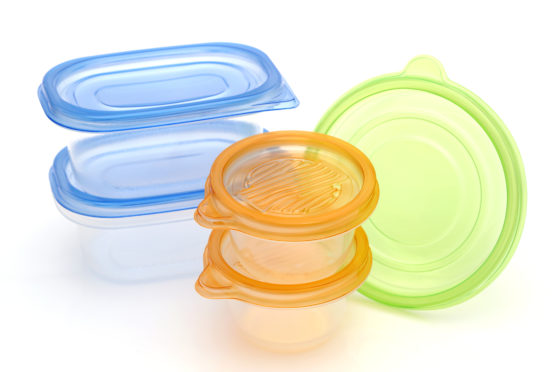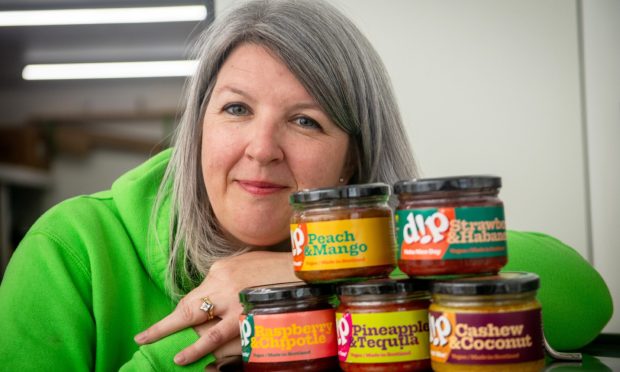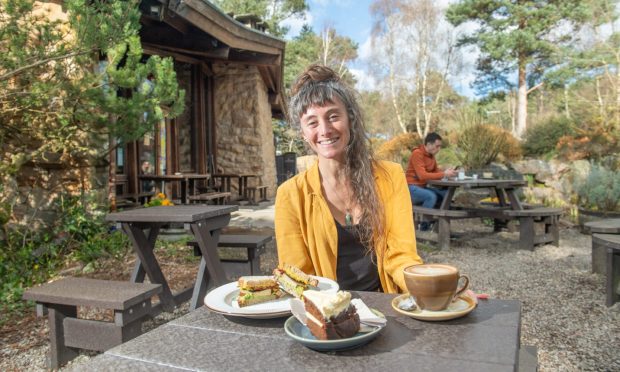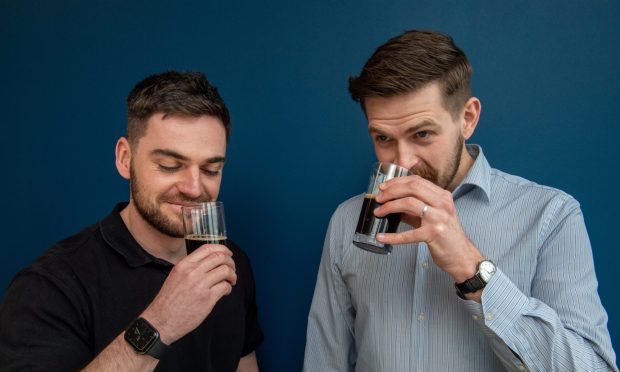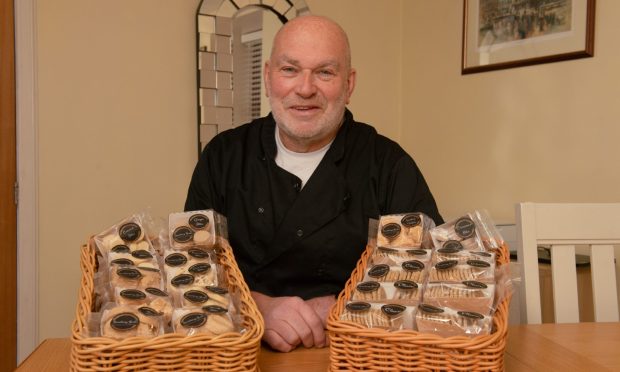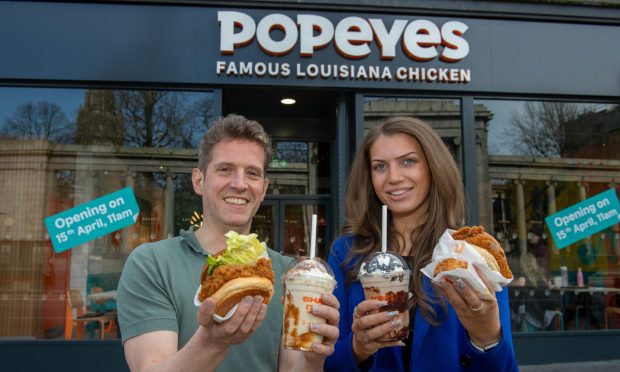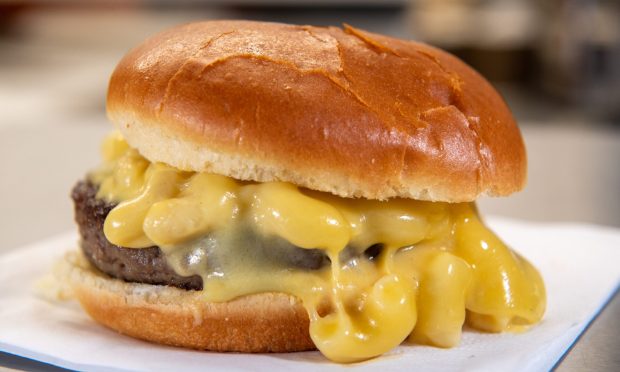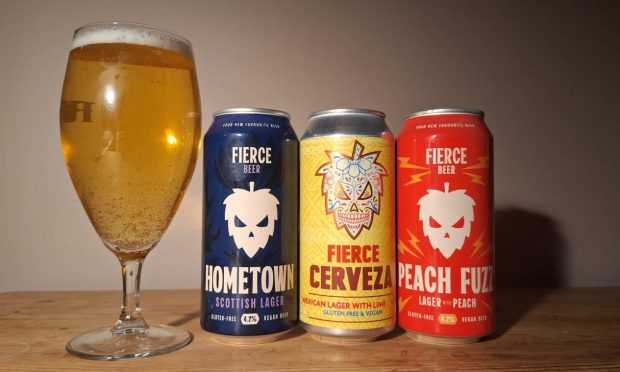Tupperware has seen a massive resurgence during the coronavirus lockdown – increasing its sales by millions of dollars and seeing the company share price rise from a dollar to more than $29.
It might be a product people associate with the 1970s or 80s and home parties with sausages on sticks, but Tupperware has come back with a bang – due to the coronavirus pandemic.
The company, invented by Earl Tupper in 1946, has recorded a £26 million surge in profits due to a home cooking revival during lockdown and a need for containers to store leftovers.
And last Wednesday shares in Tupperware, which no longer has a base in the UK, soared by 35%
During lockdown, restaurants and hotels were closed and, until now, it had seemed that takeaways, convenience stores and independent butchers, fish merchants and fruit and veg distributors had been the big winners.
However, with home cooking becoming massively popular during the period from March until June, and people being more frugal by using up their leftovers, a requirement for storage containers has meant Tupperware being another of the success stories from a disastrous period for most businesses.
Shares in the company that could be bought for $1 before lockdown back in March were trading at $29.86 yesterday, with a 279% increase in their stock year on year.
Company CEO Miguel Fernandez reported that there had been “an increase in customer demand” and that there had been a shift towards online sales in an effort to aid those who were shielding during the pandemic.
“The pandemic has created a new norm with more people living at home and increased consumer concerns regarding food safety and food storage,” he added.
Party Susan
Many readers will recall, Tupperware’s Party Susan which was an ever-present on the coffee table at any family celebration, particularly at Hogmanay in Scotland when it was continually filled with little treats to help soak up the refreshments.
While first footing, you could basically guarantee that every home you visited as you traipsed around town celebrating the dawn of another year would have a Party Susan.
Tinned ham chopped into cubes, pieces of cheddar cheese, pickled onions, cocktail sausages, Bombay mix, peanuts, crisps and many other delights filled the triangular compartments, with the centrepiece ideal for holding cocktail sticks to pick away at the sausages, ham, cheese and onions.
Small beginnings
The Party Susan may have been one of Tupperware’s most popular lines, but the company itself is an enormous success story that is still relevant today, almost 75 years since it was invented.
Tupperware was invented by American Earl Tupper in South Grafton, Massachusetts in the United States in 1946. Tupper had his own landscaping company, but it went out of business during the Great Depression in the 1930s.
A man who liked to try and invent things in his garage, he got a job at a plastic factory and managed to convince the company he was working for to sell him the remnants of plastic which, back then, was in its infancy.
Waterproof and airtight
The plastic was unpopular, being brittle and smelly, and wasn’t really being used for much. Tupper managed to convert it into a mouldable substance from which he made a waterproof and airtight plastic lid for a container that would keep food fresh and was ideal for stacking up in a fridge.
However, there was one problem – it didn’t sell. Retail outlets that stocked Earl Tupper’s new product couldn’t shift it.
“It fell flat on its face,” Business Week magazine is reported to have commented.
And if it hadn’t been for Brownie Wise and her entrepreneurial spirit, Tupperware could have been, ironically, shelved by Mr Tupper.
Brownie Wise realised that Tupper’s invention was ideal for selling at parties, and thus Tupperware was born. The product was removed from shops in the US and sold exclusively at parties through her company Patio Parties.
Mail order
Wise recruited ladies to sell for her by demonstrating the products in ladies’ homes. Housewives in the US were eager to host these parties as a way of getting together with friends – and because they received free merchandise for playing their part.
“If you build the people, they will build the business,” said Wise who took women beyond the kitchen: “To share with friends and family. To build a career. To build a community.”
The business developed further with the introduction of a mail order catalogue and Tupper eventually hired Wise as a vice-president of the company.
The first Tupperware party in the UK was held in 1960 at the home of Mila Pond in Weybridge, so it is now six decades since the popular plastic storage containers came to this country.
Probably the most important invention by Tupper was his “Wonderbowl” with the two-step seal which you pushed down and then lifted a little to let the air out, thus creating an environment for the food to stay fresher for longer.
Fast forward to 2020 and you have more than three million people in more than 70 countries sharing much more than bowls!
The majority of households continue to use Tupperware to this day, with its durability being one of the key selling points.
Eco-friendly
But the business has moved with the times, selling eco-friendly goods such as the eco+ tumbler which is made completely from recycled plastic, and includes straws made from the same material that can be washed and used again.
For youngsters, they now feature a range of lunchboxes with branding from Disney’s Frozen.
The company briefly stopped parties in the UK back in 2003, but they have made a return and many people still hold gatherings to sell the products.
Tupperware can also be purchased online through the company’s own website where you can view their entire catalogue.
And such is its iconic status in the world and the impact that it has had on consumerism, the Guinness Book of World Records has named it as one of the greatest inventions of the 20th Century, a list that even the personal computer didn’t make.
